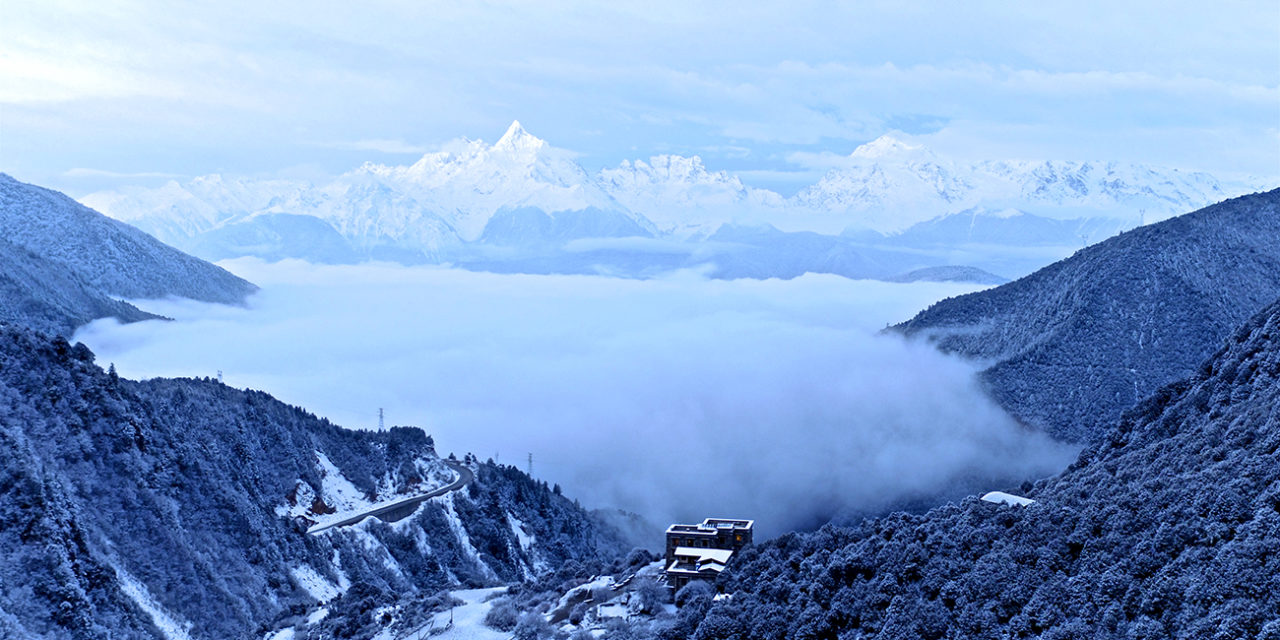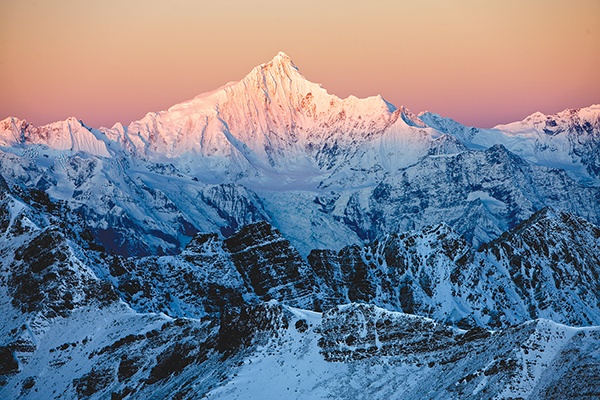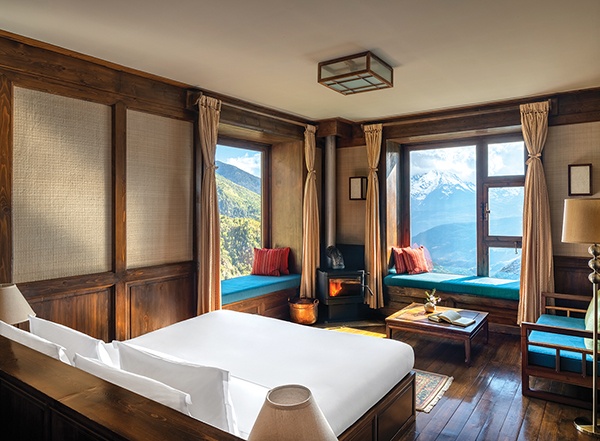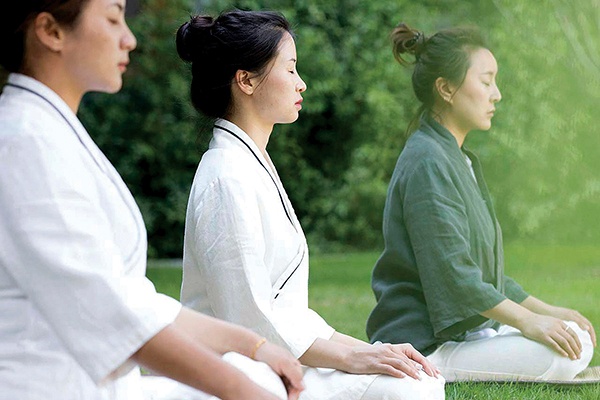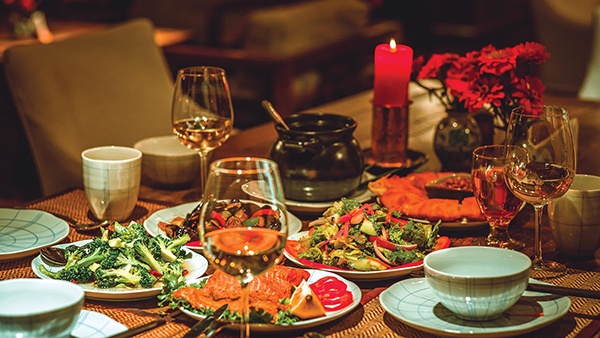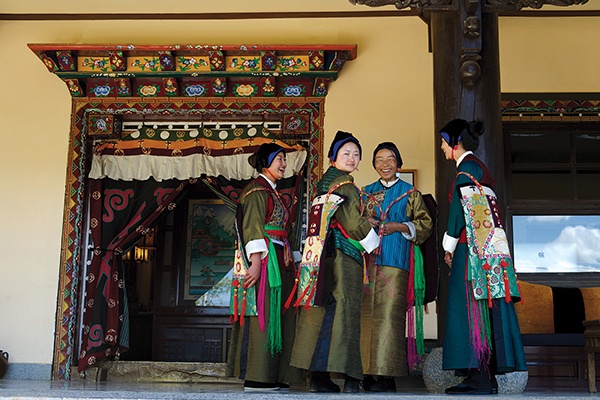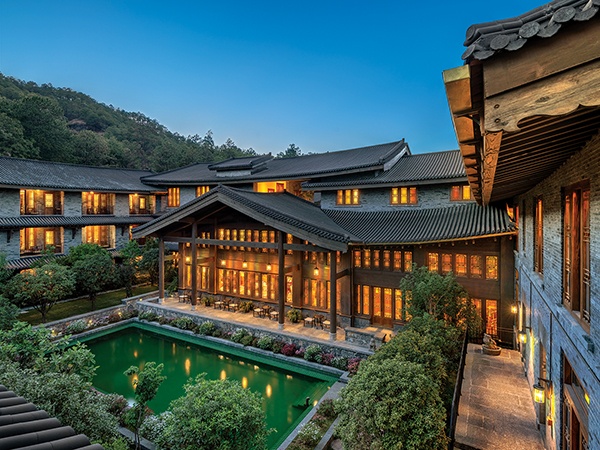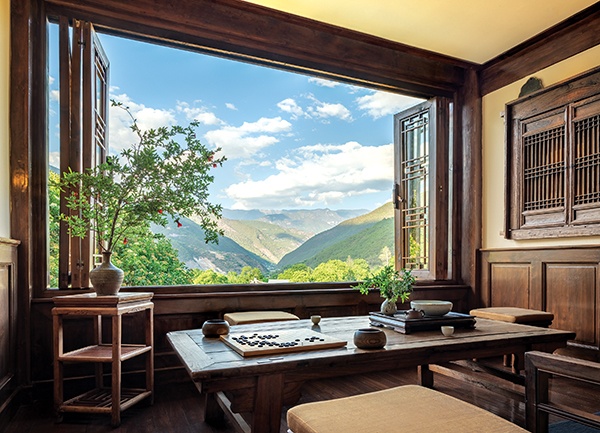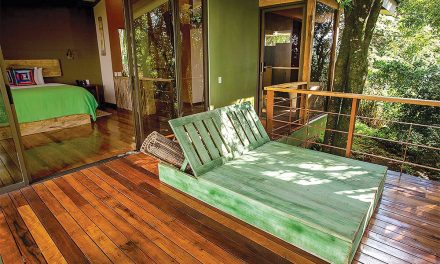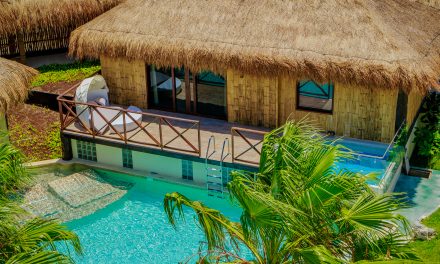Stay & Play
Heavenly Songtsam
Article by williamdboehm.wordpress.com, photos: Songtsam
Yunnan, meaning “South of the Clouds” due to its location just south of the Tibetan Plateau at the eastern edge of the Himalayas, is a land with some of the most diverse cultures, varied ecology, and steep terrain of mountains and rivers in China. With verdant low-lying valleys that rise to the north to spectacular glaciated mountains, incredible plant and animal diversity, rustic towns and villages, and a lively mix of ethnic minority communities, Yunnan has long inspired both explorers, and travelers. Yunnan’s rugged landscape have historically isolated ethnic groups of people from one another, essentially preserving the region’s unique minority cultures. The province is a melting pot of different traditions, clothing, cuisine and nature landscapes that travelers will enjoy.
The phone rang next to our bed, startling us out of a deep sleep. It was still dark outside when my wife and I were woken up by the concierge at Songtsam Lodge Meili, letting us know that the Meili Snow Mountains had finally cleared, and shouldn’t miss the sunrise. We crawled out of our comfortable bed and gazed through our windows, opening them to witness the revealing expanse of glaciated peaks. At 6:30 am the star filled night was vanishing in the predawn light. It had been raining off and on since we left Lijiang a week ago, and on this day we were fortunate, the eastern edge of the Himalayas that border Yunnan and the Tibetan plateau were now clearing with sunlit crimson summits exposed above a sea of indigo blue clouds.
We were at the edge of Tibet, having traveled three days north from Lijiang to Deqin China to get here. Meili’s mountain scenery is breathtaking, a part of the Hengduan mountain range East of Himalayas that so easily accessible it seemed unbelievable. At 3,600 meters (12,000) feet in a rural Tibetan village, the lodge faces the spectacular Meili Range, including Kawagebo at 6,740 meters (22,112 feet). Our stay here with Songtsam immersed us into the remote world of Tibetan life and alpine mountain beauty that only remote trekking into the Nepal Himalaya or the Alaskan coastal range can rival. Unlike Nepal, these mountains were verdant in alpine meadows that were flowered and lush up to the icefields, reminding me of my explorations of the coastal range of British Columbia and SE Alaska’s Glacier Bay.
Our itinerary will take us north into one of China’s wildest and most dramatic landscapes: the Three Paralleled Rivers National Park, where the Salween, Mekong, and Yangtze Rivers descend from the Tibetan Plateau and cut through the mountains of Yunnan from north to south. Constricted into gorges twice the depth of the Grand Canyon, these major rivers are separated here by narrow ridges that run roughly parallel from north to south for about 170 km. At places the gorges could be 3,000 m deep and bordered by glaciated peaks more than 6,000 m high.
We were taking a circuitous two-week trip in Yunnan, one of many itineraries offered by Songtsam that explores both Yunnan and the spectacular Mountain Ranges of Kham, Eastern Tibet. Songtsam was founded by Mr. Baima Duoji who is from Shangrila, and who has created a series of Boutique lodges that incorporate his love for the Tibetan cultural roots of his family, and create resting places within landscapes that capture the beauty of its mountains, forests and rugged terrain. He desired to blend a peaceful setting with a welcoming staff at each of his lodges that treat you as family. And we personally experienced genuine hospitality, welcomed each day into a home away from home, where we could reflect, meditate amidst nature, eat healthy and delicious food, and rest. Songtsam lodges are connected a days drive apart along a the ancient Tea Horse trail starting in Lijiang and the area of the three parallel rivers, a UNESCO Heritage Site, that connect west through Highway G318 into the Tibetan Alps of eastern Kham, terminating in Lhasa. The boutique 5 star lodges are linked through a highway route that penetrates through untouched wild forests, remote villages, and spectacular glaciated peaks, which introduce the traveler not only to the mysterious and remote mountains and eastern plateau of Tibet, but also its Tibetan mountain culture.
We began in Lijiang at Songtsam Linka Retreat Lijiang crafted in Tibetan style with stone and wood beams and trim, and appointed with incredible comfort. We would drive north to begin our circuit with our English speaking driver and guide Rinchin Dhargyal an affable and energetic Tibetan. We would spend two days in Tacheng, a quiet village of Naxi and Lisu farmers who grew rice, apples, and grapes, then drive north to Cizhong on the edge of the Mekong River, then continue to ascend to Deqin at the edge of the Tibetan plateau and stay at Meili at the edge of the Snow Mountain range. Here we would spend four days of hiking and exploring. We would then complete our route heading South to Benzilan in the lowlands along the banks of the Yangtze River, pass through Shangri-La nestled in a lovely lake plateau before finally returning to Lijiang.
The next morning we left for Tacheng, a four-hour drive to the northwest, following part of the Yangtze River. We finally arrived at Songtsam Tacheng, located in a farming village in undeveloped countryside, our home for the next two days. This was the season to harvest grapes for a dessert ice wine, and to cut rice, corn and barley. The driveway to Songtsam Tacheng wove through fields of grapes, until we arrived at the beautiful lodge. The staff were waiting outside for us and first placed a white kata, or ceremonial scarf, around each of our necks “for good luck,” Rinchen explains. “It’s our way to wish you a good life.” The staff sang us a traditional Naxi welcome song, and again we sensed we arrived in a welcoming Songtsam family tradition.
Here we experienced an amazing celebration day of Harvest Festival, where Lisu, Naxi, and Tibetan families gathered at their cultural square, wearing their traditional costumes to celebrate in song and dance. Their elaborate costumes are worn to remember their family clans with some women wearing magnificent Tibetan bonnets. Rinchen explained “ the tassels on their Tibetan hats represent the wind, and are long for unmarried women, short for married. The hats’ crescent shape symbolizes the moon; white ruffs denote the snows of the peaks. “We could see their clothes are symbolic reflections of place, culture, and individual status. The older folk especially enjoy recalling aspects of their traditions, and their songs accompanied by the er wu instruments floated through the groups.
We completed our circuit and our final night at Songtsam lodge was spent with staff, and a newly arrived group from both Shanghai, joined by their friends from California. They asked us what we thought of Yunnan, and China? “We discovered an incredible place of beauty, and wonderful people. Yunnan is the gem of China, pristine countryside and mountain beauty that rivals the Pacific Northwest and Alaska. Songtsam has achieved its mission of Baima Duoji, it feels like home and we feel we are leaving family and familiar mountain scenery. We will return soon.
www.songtsam.com/en

